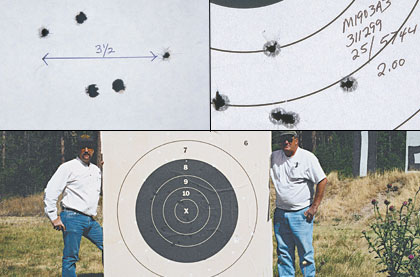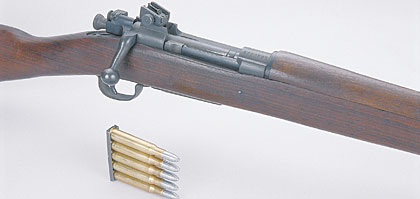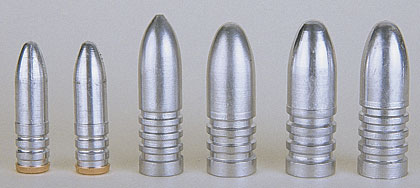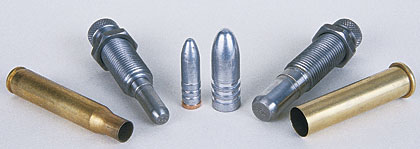Goodsteel has it right. 243's are barrel burners, especially if you shoot 115's at 3150. That's hot.
I understand the allure of shooting something with really low wind drift, but what does it matter if your gun won't hold a group after 800 rounds? You're better off shooting something with decent barrel life (ie 308 win, 260 rem, ect) and working on your wind reading ability.

|
   
   
|


|




 Reply With Quote
Reply With Quote









 Smoke4320
Smoke4320




 Cast rifle bullets are not just used for competing in BPCR matches. The author fires them in his old M1902 battle rifle as well.
Cast rifle bullets are not just used for competing in BPCR matches. The author fires them in his old M1902 battle rifle as well. Mike’s current favorite cast rifle bullets for shooting from 100 to 1000 yards
Mike’s current favorite cast rifle bullets for shooting from 100 to 1000 yards According to the author, case neck expanding and belling dies are required for constructing good-quality cast-bullet handloads.
According to the author, case neck expanding and belling dies are required for constructing good-quality cast-bullet handloads.







